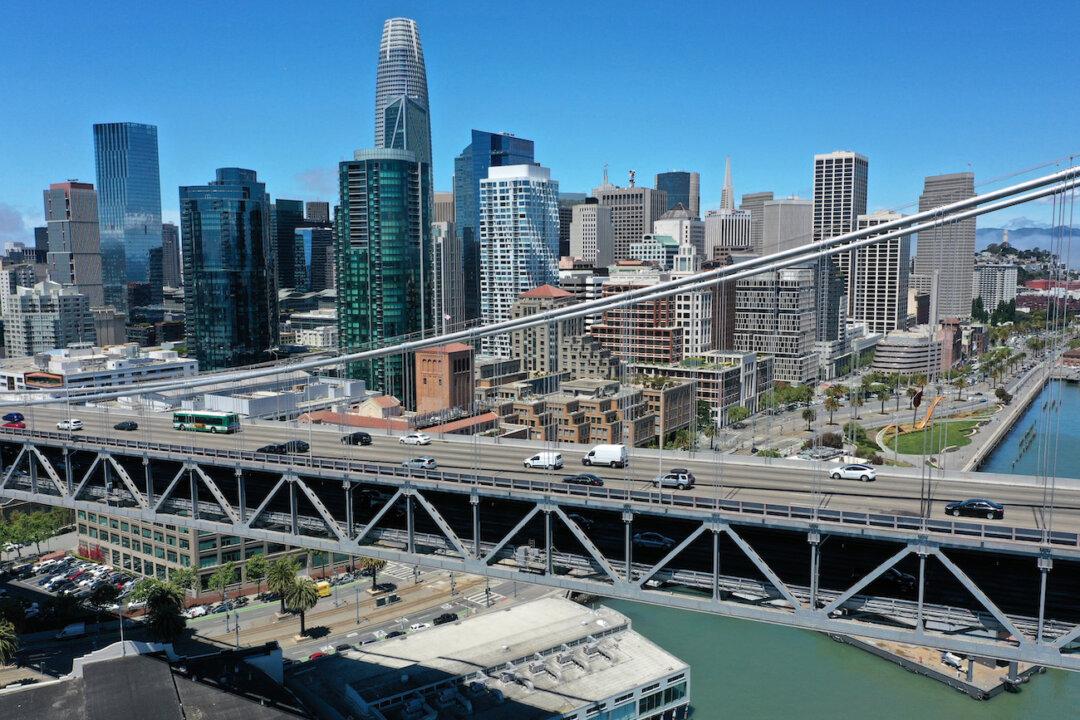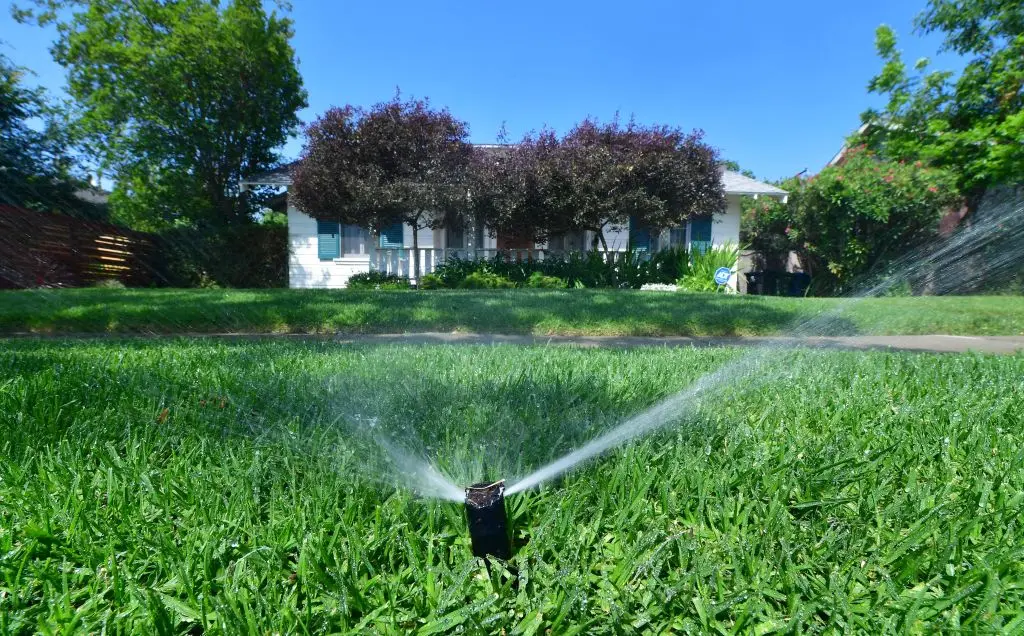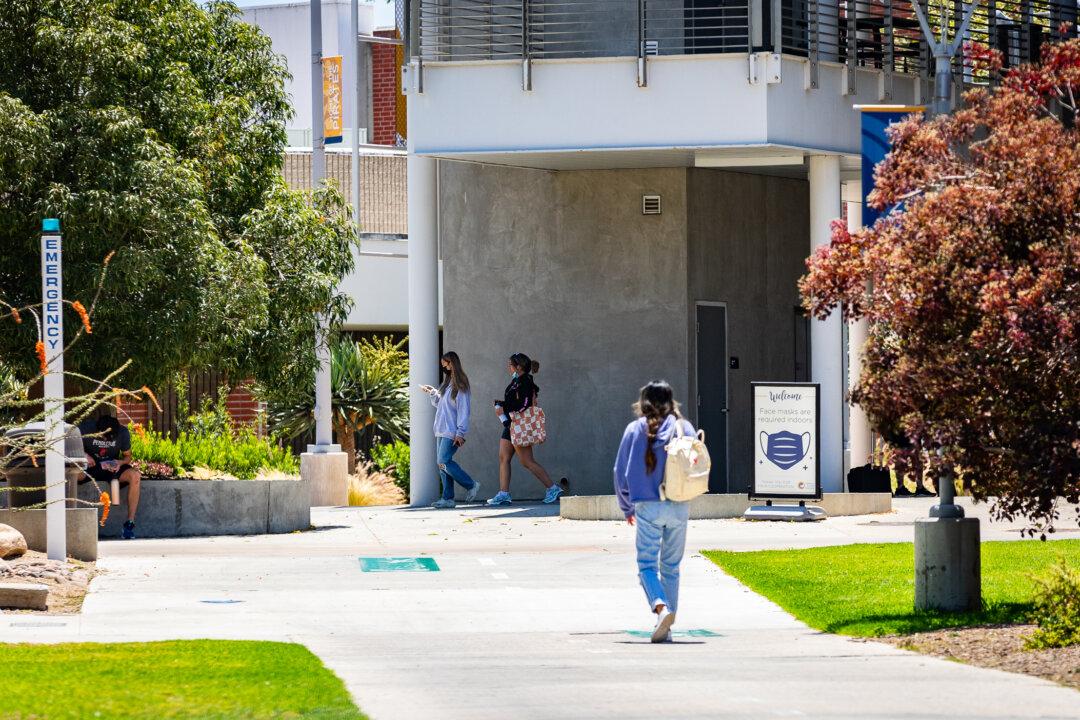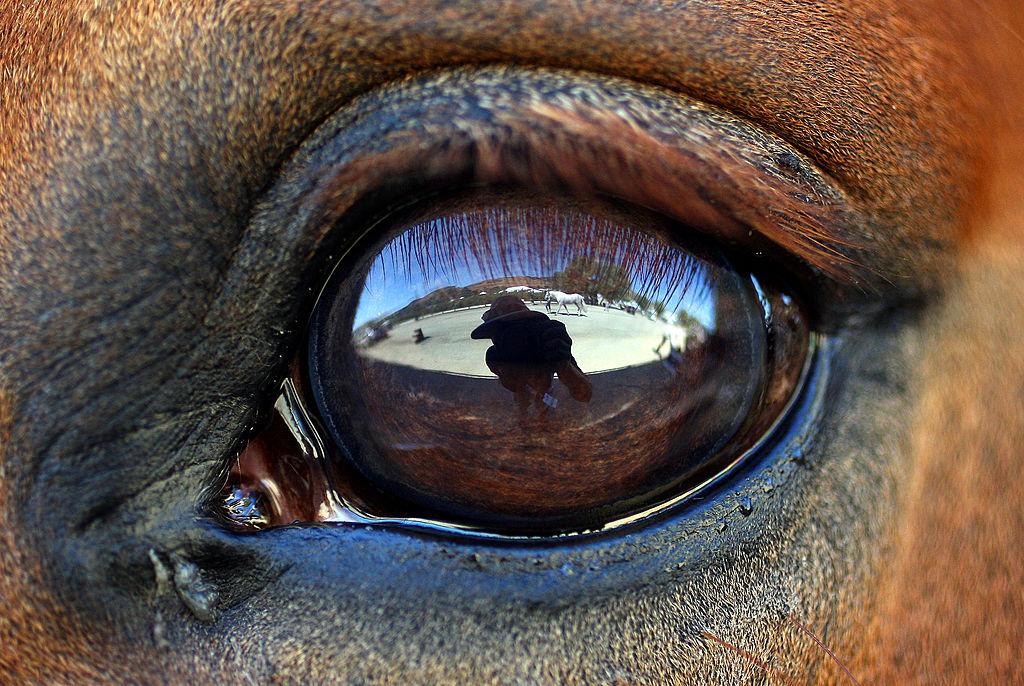SAN FRANCISCO—Starting next spring, San Francisco’s residents will need to pay more for water, which was introduced after the city declared a water shortage emergency last week.
Starting April 1, 2022, the utility commission will temporarily charge both drinkable water and wastewater treatment customers five percent more, which translates to approximately $6 per month for an average residential bill if water consumption stays the same.




